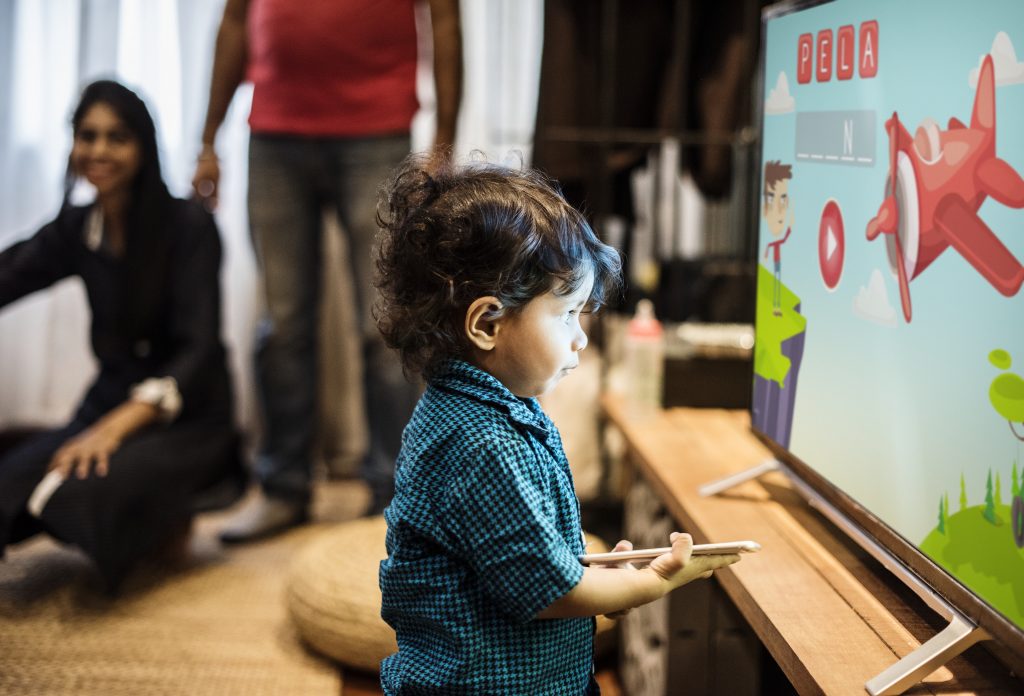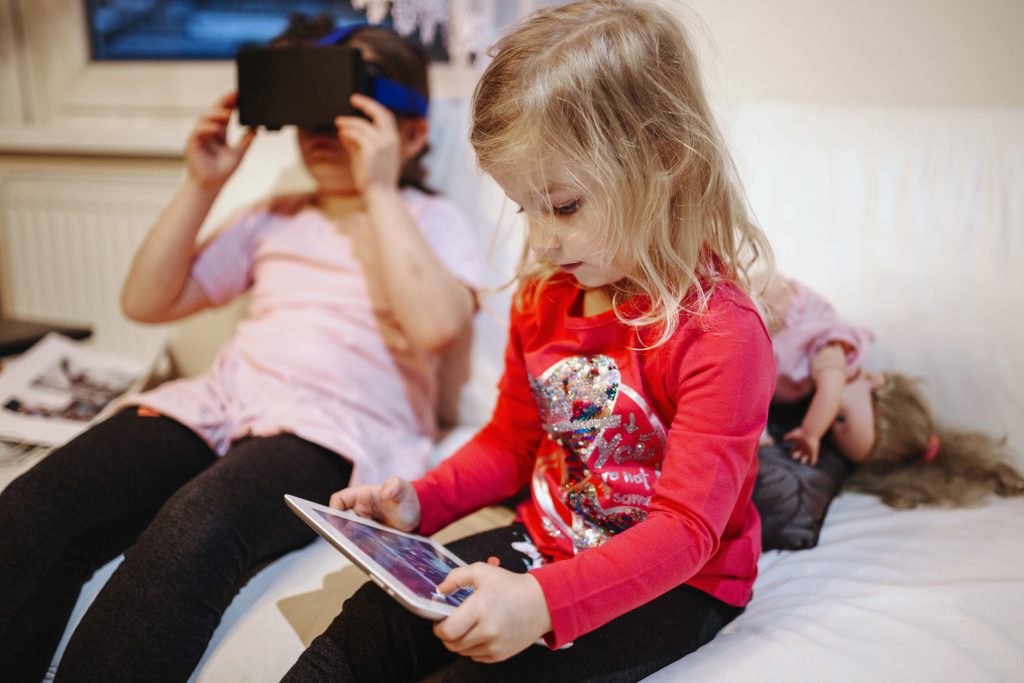Parenting
Navigating Screen Time: Exploring the Impact on Babies and Children
In today’s technology-driven world, the topic of screen time for babies and children sparks debates and concerns among parents and experts. With screens becoming increasingly accessible, it’s important to understand the potential effects and find a balanced approach. In this blog, we will delve into the pros and cons of screen time for babies and children, helping you make informed decisions about its role in their lives.
The Benefits of Screen Time:
Educational Content:
Screen time can provide access to educational and age-appropriate content, such as interactive apps, educational videos, and online learning platforms. Well-designed and high-quality content can support cognitive development, language skills, and introduce new concepts to young minds.
Skill Development:
Certain apps and games can help children develop important skills like problem-solving, critical thinking, and creativity. Interactive and educational screen activities can engage children in a way that promotes learning and stimulates their imagination.
Social Connection:
Screen time can facilitate social connections, especially in situations where physical interaction is limited. Video calls with family members or virtual playdates can help maintain relationships and foster social skills, particularly during times of distance or isolation.

The Risks and Challenges of Screen Time:
Physical Health:
Excessive screen time can contribute to sedentary behavior, leading to a lack of physical activity and potential health issues like obesity. Prolonged screen use can also strain the eyes and disrupt healthy sleep patterns, especially if screen time occurs close to bedtime.
Language and Social Skills:
Excessive screen time may hinder the development of language and social skills. Passive screen use may limit opportunities for face-to-face interactions and hinder the development of communication, empathy, and emotional intelligence.
Attention and Cognitive Development:
Excessive exposure to screens, especially for very young children, may impact attention span and cognitive development. Rapid visual and auditory stimuli from screens can overstimulate young minds and potentially affect their ability to focus and engage in sustained attention.
Content and Safety Concerns:
Unmonitored screen time exposes children to potentially inappropriate or harmful content. The unrestricted use of screens can result in accidental exposure to violence, explicit material, or online predators. Ensuring a safe digital environment is crucial.

Finding a Balanced Approach:
Age-Appropriate Guidelines:
Follow age-appropriate screen time guidelines recommended by reputable organizations. For babies and toddlers, the American Academy of Pediatrics advises no screen time before the age of 18 months, except for video chatting. For children aged 2-5, limit screen time to one hour per day of high-quality, educational content.
Interactive and Co-Engaged Screen Time:
Engage in co-viewing and co-engagement with your child during screen time. Discuss the content, ask questions, and encourage interactive elements that promote learning and engagement. Use screens as tools for shared experiences rather than passive entertainment.
Set Limits and Establish Routines:
Set clear and consistent rules regarding screen time, including time limits and designated tech-free zones. Establish a healthy balance between screen time and other essential activities like physical play, social interactions, reading, and outdoor exploration.
Monitor Content and Use Parental Controls:
Regularly review and monitor the content your child accesses. Utilize parental controls and content filters to ensure age-appropriate and safe experiences. Familiarize yourself with privacy settings and safety features of devices and apps.
Encourage Alternative Activities:
Provide a variety of stimulating and interactive activities beyond screens. Encourage outdoor play, reading books, creative play, hobbies, and social interactions. Foster a well-rounded approach that prioritizes physical, mental, and social development.
Conclusion:
Screen time can offer both benefits and challenges for babies and children. By understanding the potential impacts and adopting a balanced approach, we can harness the advantages of screen time while mitigating potential risks. By setting age-appropriate limits, engaging in interactive screen experiences, monitoring content, and encouraging a diverse range of activities, we can help our children navigate the digital world in a healthy and responsible manner. Remember, moderation and guidance are key to creating a positive and enriching screen time experience for babies and children.

